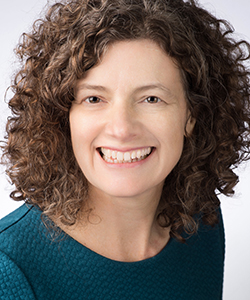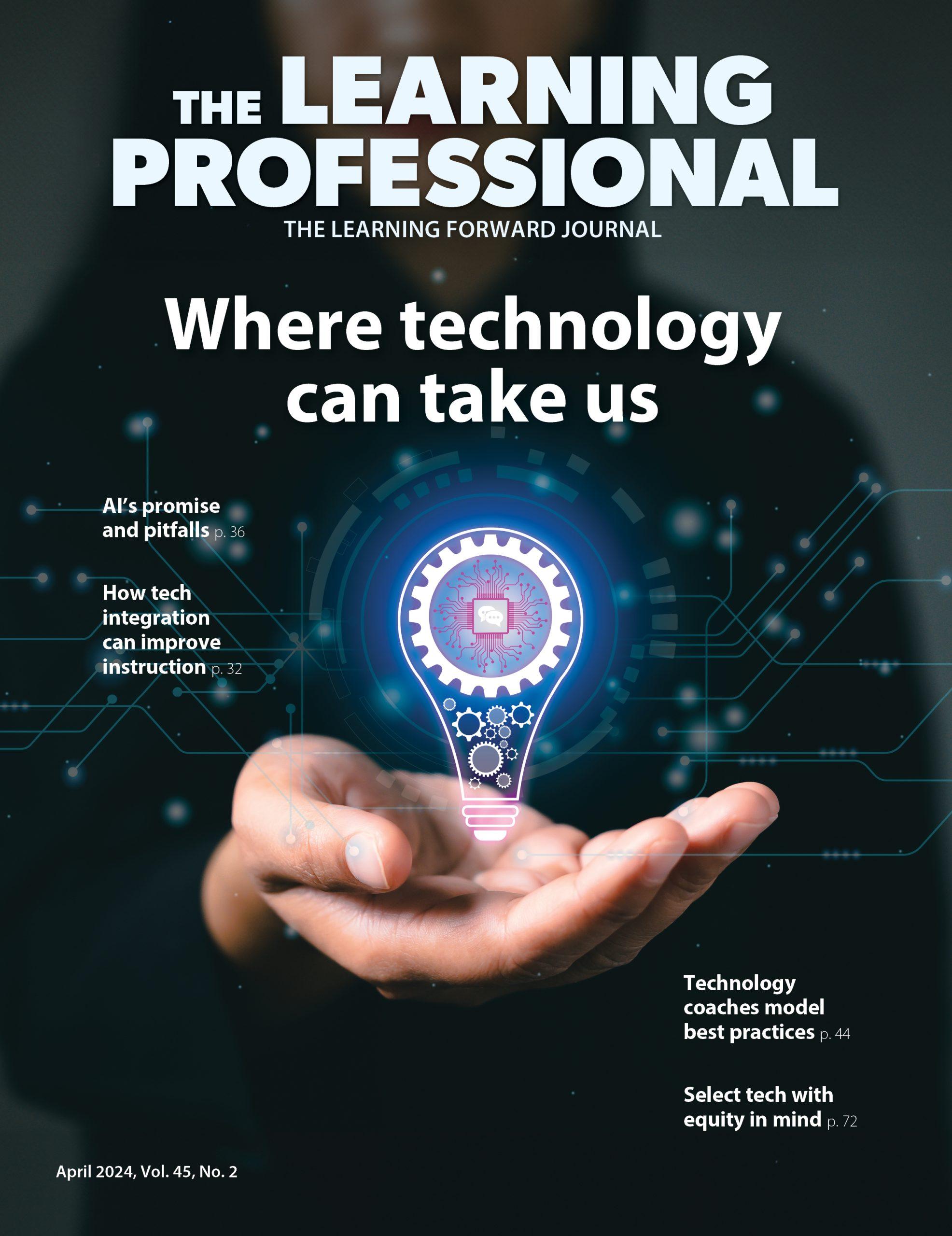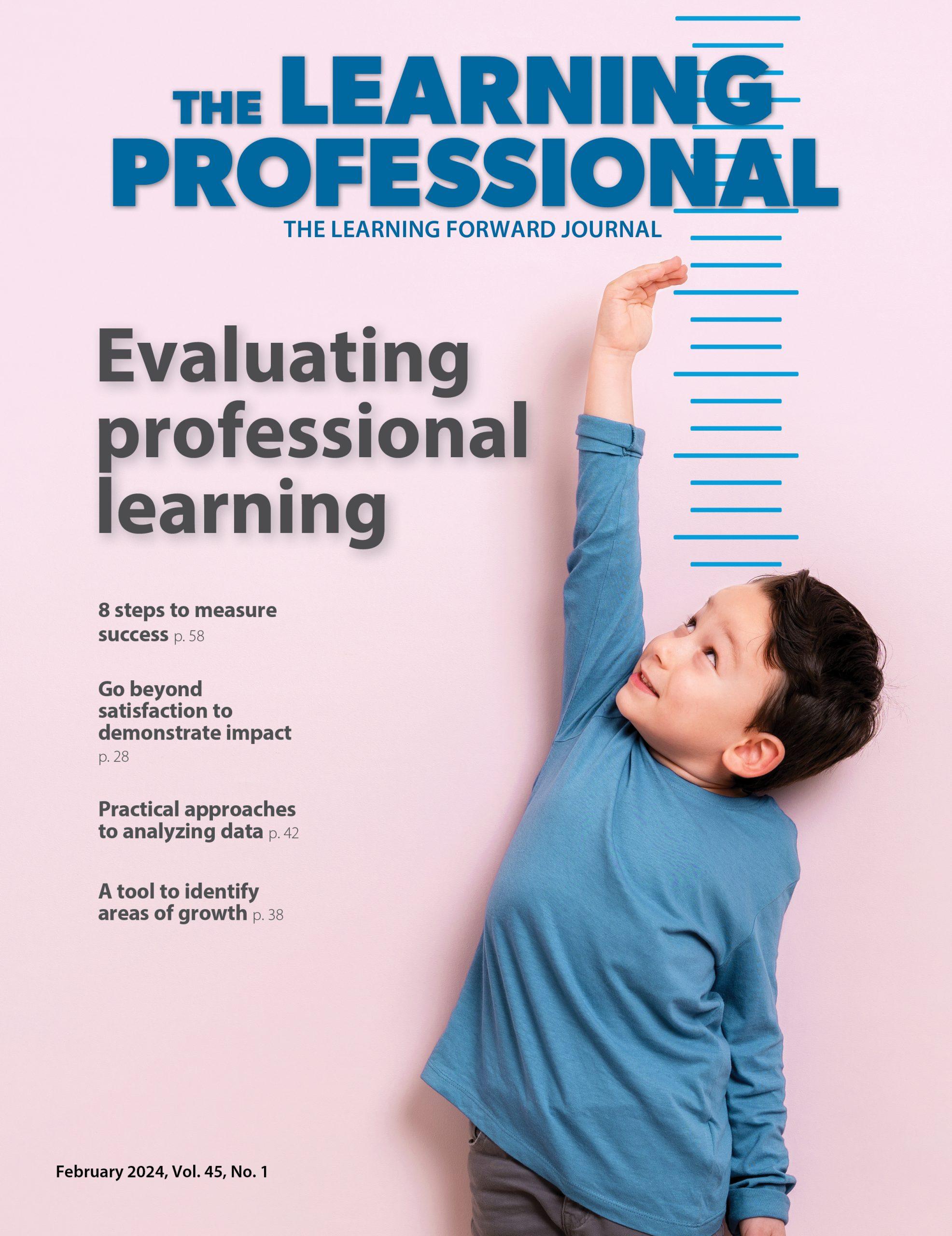I was talking to my sister-in-law about butternut squash the other night. As we did some meal planning for Thanksgiving, I let her know that a) we had way too much last year; and b) preparing it always takes longer than she thinks. I don’t know that she appreciated hearing that, but my goal was to make our dinner better this year — not just tastier but also more efficient and relaxing.
My husband and I have been hosting Thanksgiving at our home for many years. Sometimes we have 15 people, sometimes 26. It took us more than a decade to realize how much we would benefit from knowing what we had done the year before as we do our shopping and prepping. Just as important, I needed a way to keep track of our efforts to improve on the classics. (Parsnips in the mashed potatoes got a thumbs-down.)
Fortunately now we have data, in the form of a list we write after the meal. We note quantities, recipes, attendees, preferences, and give a star to the big hits.
We’ve always tried to make dinner better every year, but until we had data, it was hard to know if we were improving. So in our Thanksgiving cycle of continuous improvement, data appears to be the critical step to getting better. Until we have information about our performance, how can we set goals or know if we have achieved them?
There are many variations on an improvement cycle. At its most basic is a three-step plan, do, reflect version. Learning Forward refers to a seven-step cycle of continuous improvement in the Standards for Professional Learning. The Redesign PD Community of Practice (see pp. 8-9) uses a cycle of inquiry with four steps that follow a visioning process. Learning Forward Executive Director Stephanie Hirsh and I are publishing in the next few weeks a book on a learning team cycle that follows five steps.
Central to all of Learning Forward’s cycles is a deliberate step for learning, a concept essential also to all of the examples of communities of practice featured in this issue of JSD. It’s true that each step of an improvement cycle includes inherent opportunities for learning. For example, just looking carefully at data offers information that can help us improve, no matter the endeavor. However, unless educators create an intentional step for learning, improvement will only advance so far.
While learning is a specific cycle step, the focus on learning informs every other step of the cycle. Setting goals, for example, must include learning goals for adults along with student learning goals. Reflecting on progress or documenting impact can’t just analyze results for students but must also consider how adult learning changed practices. A cycle of continuous improvement means that the steps connect and continuously inform what happens next.
Learning Forward emphasizes an improvement cycle through so many different mechanisms because of a cycle’s power to keep educators on a learning and growth trajectory. A cycle’s steps are actionable, the results are measurable, and it offers multiple entry points for making changes that impact outcomes.
And, while our holiday attempt at continuous improvement is yielding better results at the dinner table, I’m realizing we’re going to have to invest time in learning new skills next time if we really want a better meal.

Tracy Crow served as chief strategy officer for Learning Forward.
Categories: Learning designs
Recent Issues
LEARNING TO PIVOT
August 2024
Sometimes new information and situations call for major change. This issue...
GLOBAL PERSPECTIVES
June 2024
What does professional learning look like around the world? This issue...
WHERE TECHNOLOGY CAN TAKE US
April 2024
Technology is both a topic and a tool for professional learning. This...
EVALUATING PROFESSIONAL LEARNING
February 2024
How do you know your professional learning is working? This issue digs...







